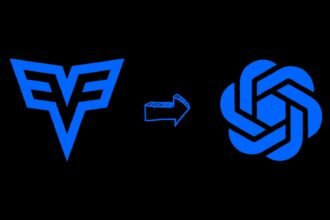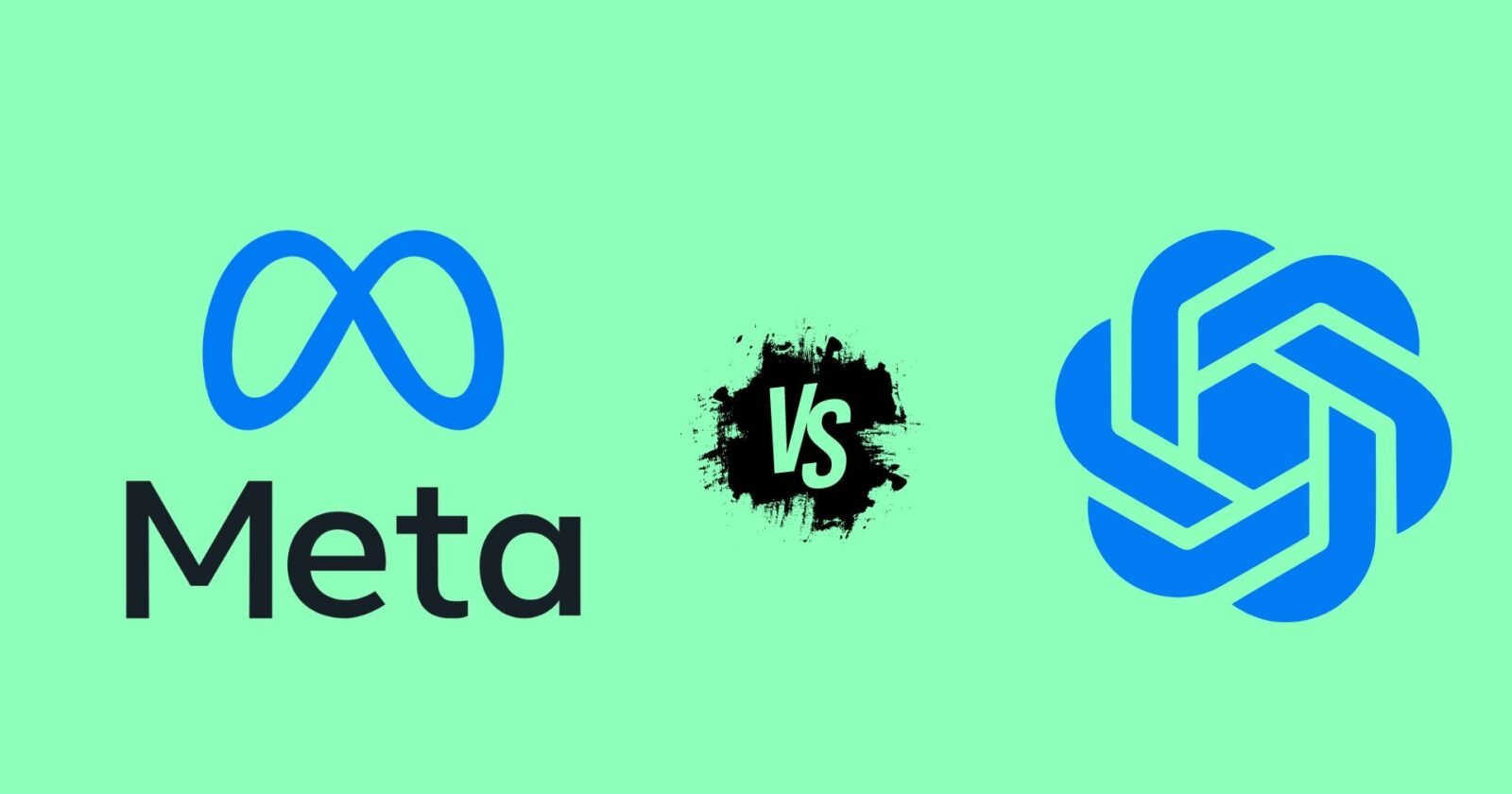Meta (formerly known as Facebook) has launched a new artificial intelligence project called Llama 3. This project is a big step forward in AI technology. Llama 3 aims to be as smart and capable as a human. This means it will be really good at understanding and using human language, having conversations like a person, and being generally intelligent.
To make Llama 3 work, Meta is using a lot of powerful computer processors called Nvidia H100 GPUs. These are really strong and can do a lot of calculations, like having the power of 600,000 H100 GPUs.
Meta has big plans for Llama 3. They want to use it in the metaverse, which is a virtual world. This could make the digital world feel more real and easier to use.
Meta is investing more than $10 billion in this project. They want Llama 3 to be something everyone can use and improve, so they plan to make it open-source. This means people from all over the world can work on it and add new ideas.
Meta’s Vision for AGI with Llama 3
Mark Zuckerberg, the CEO of Meta, has started training Llama 3. He sees it as a key part of achieving really smart AI. Meta wants to use this kind of AI to offer better digital services that feel more human.
Llama 3 will be able to do many things, like coding and understanding complex ideas. Meta is focused on training it in a responsible and safe way. They also want to share their AI technology with everyone to make AI development more open and clear.
Meta has combined two of its AI research teams, FAIR and GenAI, to work on this big project.
Comparing Llama 3 with Previous Generations
Llama 3 is a big improvement over the earlier versions. It’s part of Meta’s goal to create AI as smart as humans. While the previous version, Llama 2, was also open-source and had good abilities, Llama 3 is expected to be much better.
Meta is sticking to its plan of letting everyone use and improve their AI. This approach is different from other companies working on AI. Meta has put a lot of money into powerful computers to make an AI that’s not only smarter but also open and honest.
The move from Llama 2 to Llama 3 shows Meta’s aim to make AI that understands and works like human intelligence.
Llama 3 vs. GPT-4: A Comparison of Generative AI Models
Llama 3 and GPT-4 are two advanced AI models, but they are different in what they can do and how they are used.
GPT-4:
- GPT-4 is really big and complex. It’s known for being great at tough tasks and being creative.
- It does well in challenging tests, which makes it good for important or creative projects.
- It’s versatile and can handle tasks in law, science, math, and languages, even without special training for tests.
Llama 3:
- Llama 3 is smaller than GPT-4 but has its own benefits. It’s cost-effective and usually gives accurate information.
- Being open-source, anyone can use and change Llama 3, which encourages new ideas and research.
- It’s good at being efficient and accurate, even though it’s smaller than GPT-4.
- Llama 3 uses feedback from people to make sure it gives safe and useful answers.
Coding Skills:
- GPT-4 is better at coding and does well in programming tests.
- Llama 3 is designed more for coding tasks, making it a good choice for software-related work.
Accessibility:
- Llama 3, as an open-source model, saves money and allows for customization.
- GPT-4 is a closed-source model, available through a paid service, offering a more centralized approach.
The choice between Llama 3 and GPT-4 depends on what you need, like how complex the task is, how creative you need the AI to be, your budget, and whether you want to customize the AI.
Ethical Considerations in the Development of AGI
1. Projects like Llama 3 and GPT-4 raise important ethical questions. These AI models are powerful, but there are concerns about security, honesty, and bias.
2. For GPT-4, safety is very important. They focus a lot on making sure the AI is safe and responsible. This includes getting advice from experts, testing for harmful content, and trying to make the AI more accurate and helpful.
3. But GPT-4 can also create risks, like offensive language or fake information. Using cloud-based models like GPT-4 can also raise privacy and security issues.
4. Llama 3, which focuses on creating code, might have fewer risks, but it’s still important to watch out for errors or problems.
5. Trustworthy AI is a big goal, needing clear information about what AI can do, ongoing work on security, systems that handle unexpected situations safely, and unbiased learning from diverse human feedback.
6. Both Meta and OpenAI are working towards these goals, but creating fully trustworthy AI is complicated and needs people from different fields, like social sciences and public policy, to work together.
7. As AI gets more advanced, it’s important for everyone – developers, government, and society – to think carefully about how these technologies affect us and to make sure the benefits are great while the risks are small.









